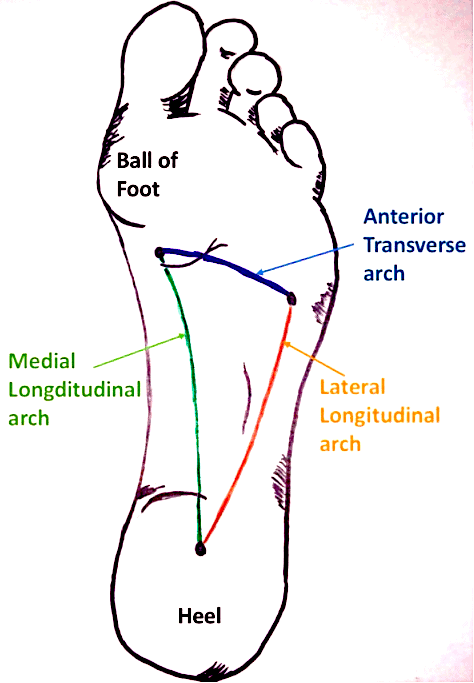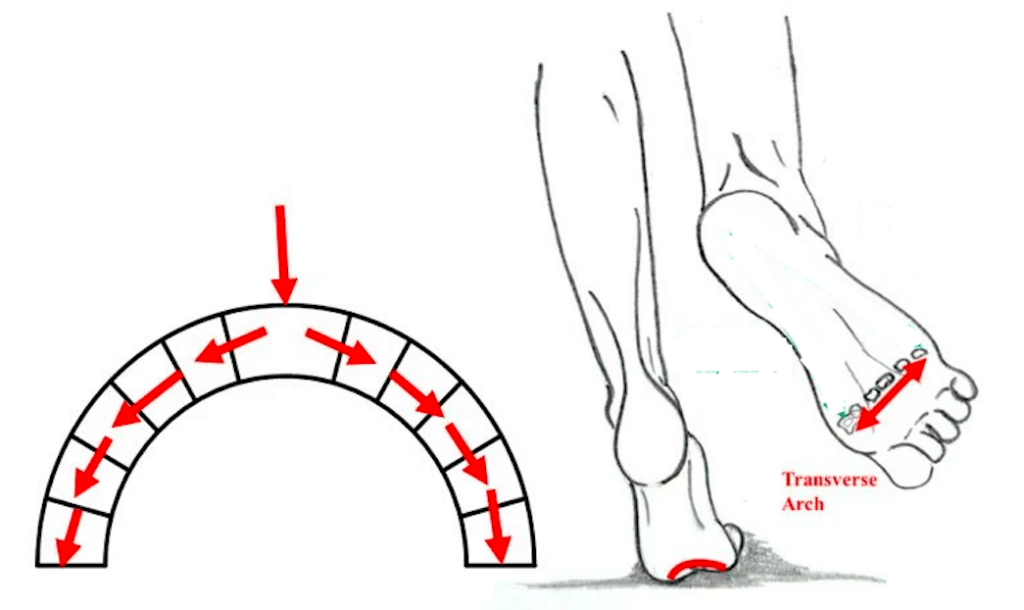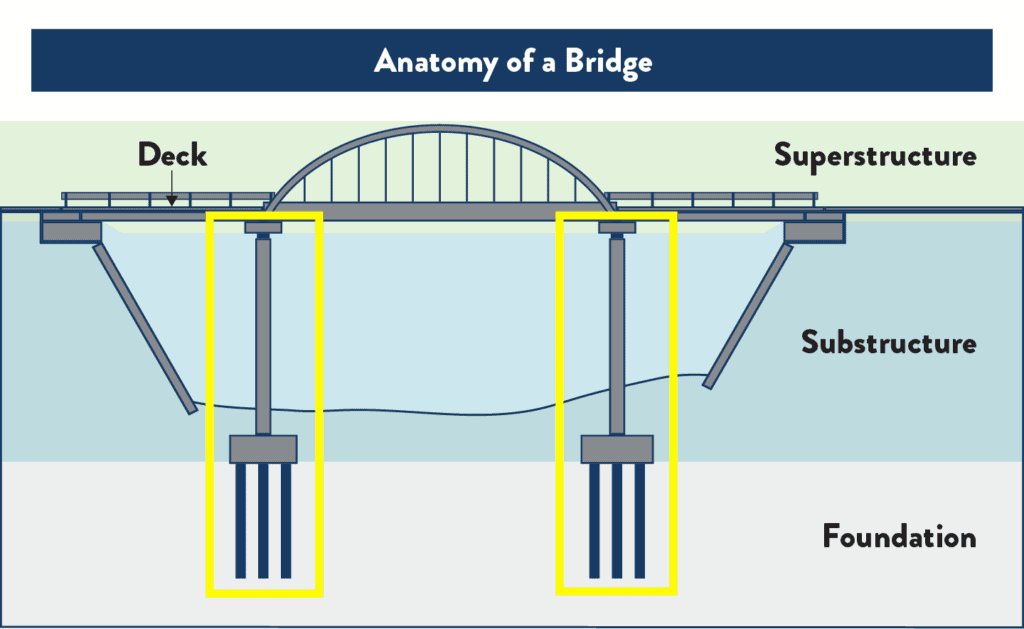
The Transverse Arch
Everything I know about the transverse arch, I owe to Adarian Barr. The following is my attempt to take his words and concepts and relate them to my own body and understanding. It is, in effect, my translation. The layers and spirals in which I learn and interpret are laid out here in linear fashion, for one to follow or find their own tangent from.
The transverse arch is the ‘width bridge’ running across the balls of the foot.

It is created by spreading the pinky wide, and then cinching it back together under load:
View this post on Instagram
The base points of the arches are meant to dig down into the ground and root the foot like a bridge pilon.

Stepping on stones that mimic these ‘transverse arch touch points’, Barr demonstrates how the placement helps pull him into the ground and create strength in length:
View this post on Instagram
Getting low is the basis for creating leverage through the system (such as hip flexion or a knee raise).
View this post on Instagram
Stepping back to hone in on how to make and use the arch itself, I’ve narrowed things down into three main steps and findings.
1. Getting Width/ the Pinky to Splay
The foot flares through the first metatarsal setting, either into the ground or into the air.
View this post on Instagram
The spread needs to coordinate with stepping/ load to be effective (otherwise the foot becomes a brick with a wider toebox, not an alive and reactive sensory organ).
View this post on Instagram
2. Pull Back/ Retract to Go Forward
An active, widened forefoot pulls the body through and over the top. We are training sensitivity to direction as well as load (i.e. leverage).
View this post on Instagram
The foot acts as intelligent tread to paw and grab without having to utilize the toes.
View this post on Instagram
3. Heel go up, toes go up
Initially, I thought keeping off the heel (and loading the lever) meant shifting weight to the toes, but the toes are terrible fulcrums to leverage body weight. Balancing through the transverse arch is to change up the relation between front and back, up and down, and finding yourself on a teeter totter of pulleys. Keeping the heels AND toes off the ground while maneuvering about is a delicate tensioning challenge all on its own.
View this post on Instagram
At the bottom of a squat the hamstrings have to pull the butt and pelvis into the calves in order for the toes to be freed up. The system sits on a different line. In an easier to set up split squat, the lower the back knee goes the more difficult the toe lift becomes. The front line pulls slack out of the back side.
View this post on Instagram
Finally, we circle back to the man himself, leading a group of movement explorers through a sequence of experiments utilizing all of the above:
*The mask comes off and direction/ sound becomes much clearer a few minutes in.*
“Have fun.”



